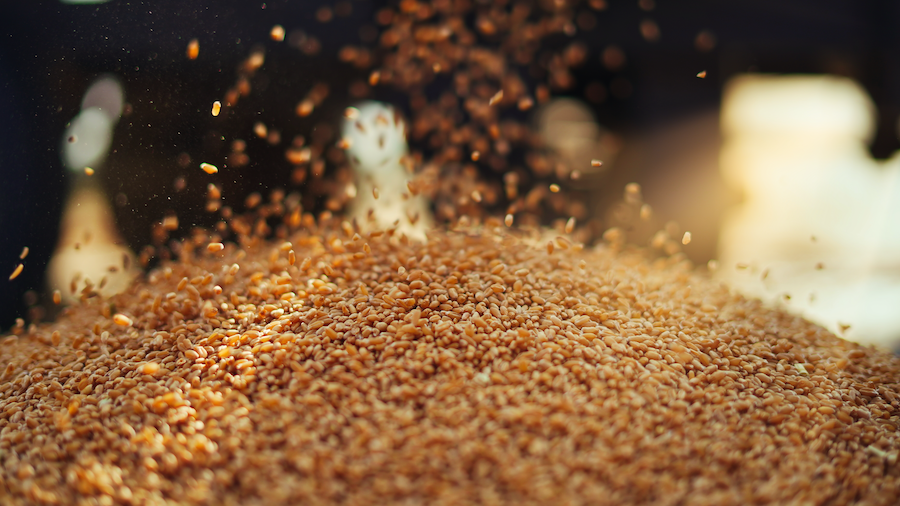What would the cost need to be, to ensure farmers made sure every load was 100% fit for purpose?
21st December 2023
The list of store-keeping issues that we deal with is huge but in most cases rejections can be avoidable if there is more attention to detail.

As the weather turned colder in late November and early December, how many of you realised how hot your stored grain was? So asks Openfield’s head of research, compliance and shipping, Cecilia Pryce.
I ask this as, over the last few weeks, we have seen the unfortunate side of bad store keeping. The bugs have certainly loved your warm grain, and many farmers who claim they have never had, and don’t have, infestation have had some nasty shocks.
The odd video was enough to make you itch – with every type of grain pest you can think of all together in a confined space! But what many of you won’t realise is the knock-on issues that this can cause. Not only has the end receiver not received his grain that day, which needs replacing in a timely manner before they run out, but it has taken a lorry off the road while they either return it to you or a destination for cleaning or fumigating.
The lorry then has to wash out to remove all evidence of infestation, at cost which also needs recording against the vehicle log; and he still hasn’t collected the other loads he was supposed to pick up assuming your load hadn’t been rejected.
The long and short of all this is that a rejection for bugs should really cost a lot more than it does and the same can be said for any rejections. This then asks the question, what cost would ensure farmers made sure every load was 100% fit for purpose, with no bugs, chaff, excess admix, dressed seed, wrong variety, excessively out of specification?
The list of issues that we deal with is huge but, in most cases, avoidable if there was more attention to detail. Please check your grain on a regular basis. You spend hours planning, growing and tending the fields, but many of you then forget the basics of cooling the grain, drying the grain and dressing the grain. Be proud of what you have grown.
Ultimately, you are selling a food or feed product for consumption, on a contract which requires you to confirm it meets many legislative and contractual requirements, free from dead and alive bugs; and if one bug is alive and one is dead, then they are all classed as alive!
If you have your grain treated, please add this information to the passport and attach the relevant certification – that way, if they find dead bugs they will know why. Please look after your grain – but, if you don’t want to, don’t then get upset about rejections and claims.
Environmental options
During this quieter period in the farming calendar, many farmers are taking advantage of looking at the finer detail of the Sustainable Farming Incentive scheme and how they can maximise their income potential whilst, at the same time, mitigate risk to their farm business, comments Openfield’s environmental technical advisor, Delyth Gilman.
With no limit on the amount of land that can be entered and with attractive payment rates, many farmers are scrutinising their rotation to find ways of taking advantage of the scheme simply by selecting ‘actions’ that can be incorporated with relative ease into their farming system.
One such action is the multi-species winter cover crop SAM2, which can benefit the soil, future crops, and farmland wildlife. While the minimum requirement for this action is for two or more species to be sown, the more varied a mix, the greater the benefits it will bring.
The legume fallow NUM3 is another option which brings many regenerative farming benefits. Sowing a mix containing at least six flowering species will improve soil health, provide food for pollinators and farmland birds as well as supporting an integrated pest management approach.
The mixtures available to satisfy the requirements of these actions are broad, and selecting a mix based on the quantifiable benefits they may bring is very difficult. If careful thought is applied to selecting the right seed mixture, aside from the environmental benefits they aim to achieve, over time they can also benefit the economic and physical performance of the business. Selecting the right mix for your individual requirements is an all-important decision and obtaining specialist advice is key.
Price indicator (May 2024)
- £185–195 Feed wheat
- £160–170 Feed barley
- £377–382 Oilseed rape
*Prices quoted from Openfield were predicted on 4th December 2023 and will be subject to regional variations.


